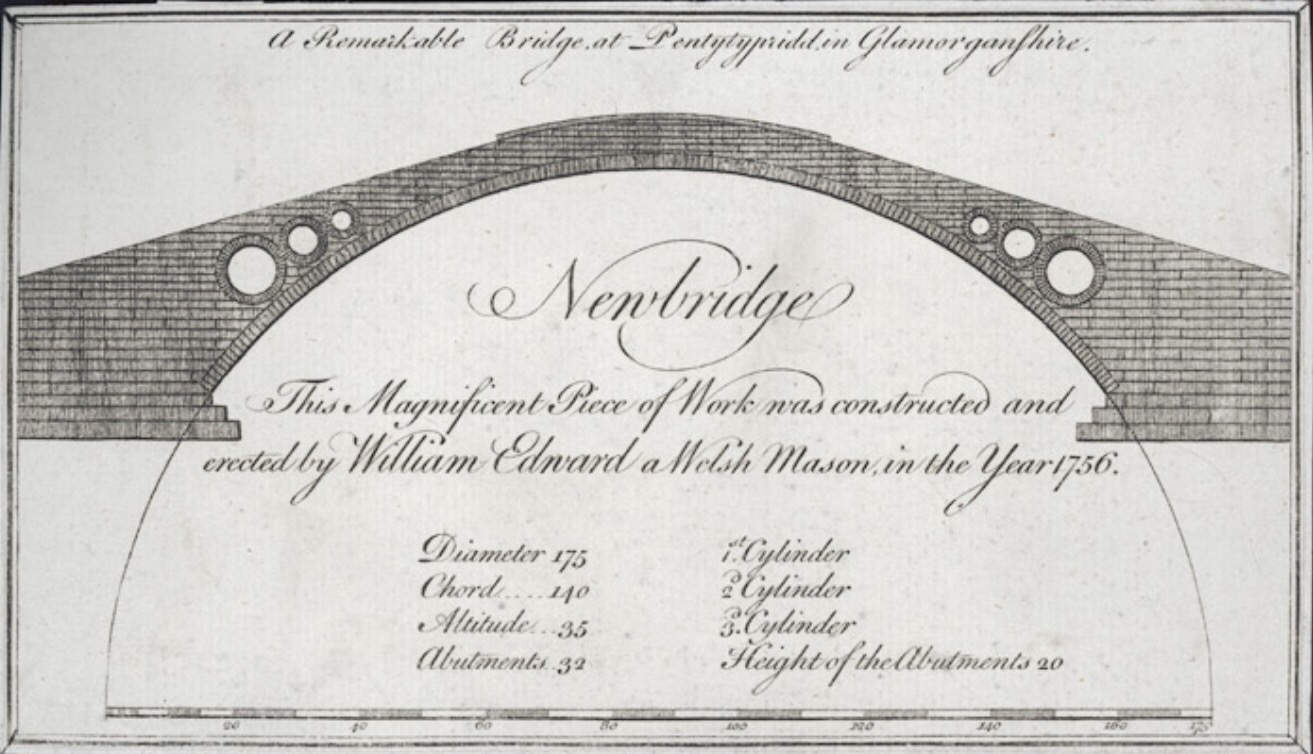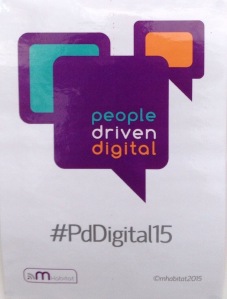What is Homologation? A quick multiple choice test;
- The process for making fruit smoothies,
- The measurement of tree trunks at a saw-mill, or
- Approval being granted by an official body.
Congratulations if you chose Number 3. Homologation is indeed the process of an official body (Government, Court of Law, Academic Body, Professional Institution, Industry Body etc) granting approval for something, a bit similar to accreditation. Not a word I knew of, and something I’ve only learnt about for 2 reasons:
- An explanation from some mechanical engineers of how innovation is ‘forced’ into F1 Motorsport, and
- A short conversation with Sheldon Steed at People Driven Digital (#pdDigital15) about how big institutions get to recognise and accept novel products, ideas and innovation from small organisations.
F1 Racing and Homologation. If you want to get a feel for the technical regulation of Formula 1 Motorsport have a read of this article ‘Arms Race? Game Changer? What do the Latest Changes to F1 Engine Rules Mean?’ by F1 broadcaster James Allen. Homologation gets mentioned a lot.
Back to where this started for me, I was listening to a group of very experienced Mechanical and Electrical Engineers talk about innovation in F1. The gist of the discussion was as follows:
- The razzmatazz of a Grand Prix Race, Television exposure, Superstar Drivers and massive sponsorship deals are just a side-show (in their view),
- But a side-show with a purpose – it funds the really interesting engineering innovation behind F1 that makes the cars achieve incredible things,
- It’s the engineering innovation that stops F1 getting boring (really?) and in particular the frequent rule changes that the governing body introduces – this is where homologation fits it.
- Basically the governing body changes the rules – for example on how energy is recovered from the brakes to feed into electric motors on the car.
- The engineers come up with their solution and before the car can be raced, the solution has to be homologated (approved).
- That all sounded very clever and sensible to me. A good example of where a governing body, the Federation International de l’ Automobile (FIA), is forcing innovation by changing the rules – and example of disruptive innovation (something that gets talked about so much at the moment).

Upsetting the Hierarchy. The Engineers I listened to were an interesting bunch and they didn’t stop there. The other important part of the world of F1 rule changes they spoke about was “upsetting the hierarchy”. They explained it as follows;
- The ‘big’ companies in the motor-sport world are brilliant at all sorts of things like maximising the efficiency and effectiveness of existing systems and products. They have enough money and resources to ‘squeeze’ the existing design/product/system to get that last few percent out of it.
- This ‘last few’ percent will get them to first past the chequered flag in a stable system.
- What they are not so good at is; agile, creative, innovative solutions when the rules of the game change. This is where the smaller organisations seem to have the advantage.
- When the rules change, the smaller organisations come in with the radical new solutions, and have them tested in a rigorous/brutal environment (the homologation process and the F1 races).
- Where things work the small organisations have a competitive advantage and are able to upset the hierarchy – for a short time.
- Quickly the big organisations are able to identify what the others have done, standardise and improve it to ‘squeeze the extra few percent’.
This all sounded very convincing and very effective to my ears; change the rules, force innovation, upset the existing hierarchy. A really interesting approach from the Governing Body (FIA) who change the rules and impose homologation to; keep F1 Motor-sport interesting, feed innovation into domestic car production, and maintain a bunch of very happy engineers.
The link with People Driven Digital. At the People Driven Digital I heard about how people who are developing new/innovative solutions are finding it a challenge to engage with big organisations like the NHS or Pharmaceutical Companies. The sense I got was that some big organisations tend to only want to talk to other big organisations.
In the conversation with Sheldon Steed, we talked about the challenges he faced with the digital phone app he had developed to manage diabetes for his sons. It is worth looking at the video he has posted on his blog about the app mumoACTIVE.
The point I’m getting at here is, can we learn something from rule changes, homologation and the disruption of hierarchies in F1 motor-sport? Is there an opportunity for the big organisations in health to find a different way to talk to the smaller (possibly more agile and innovative) organisations? Can things like People Driven Digital in Leeds and the NHS Hackdays in Cardiff (which I was fortunate to attend) provide the ‘safe’ space for it to happen? I hope so.
So, what’s the PONT?
- Changing the “rules” can force people to think differently and develop innovative solutions (disruptive innovation).
- The approach can disrupt hierarchies, where existing ‘big players’ get overtaken by ‘small fry’ with better solutions (this can have consequences for ‘small fry’).
- Can things like People Driven Digital in Leeds and NHS Hackday in Cardiff provide the space for ‘big organisations’ to engage with ‘small organisations’



Leave a comment